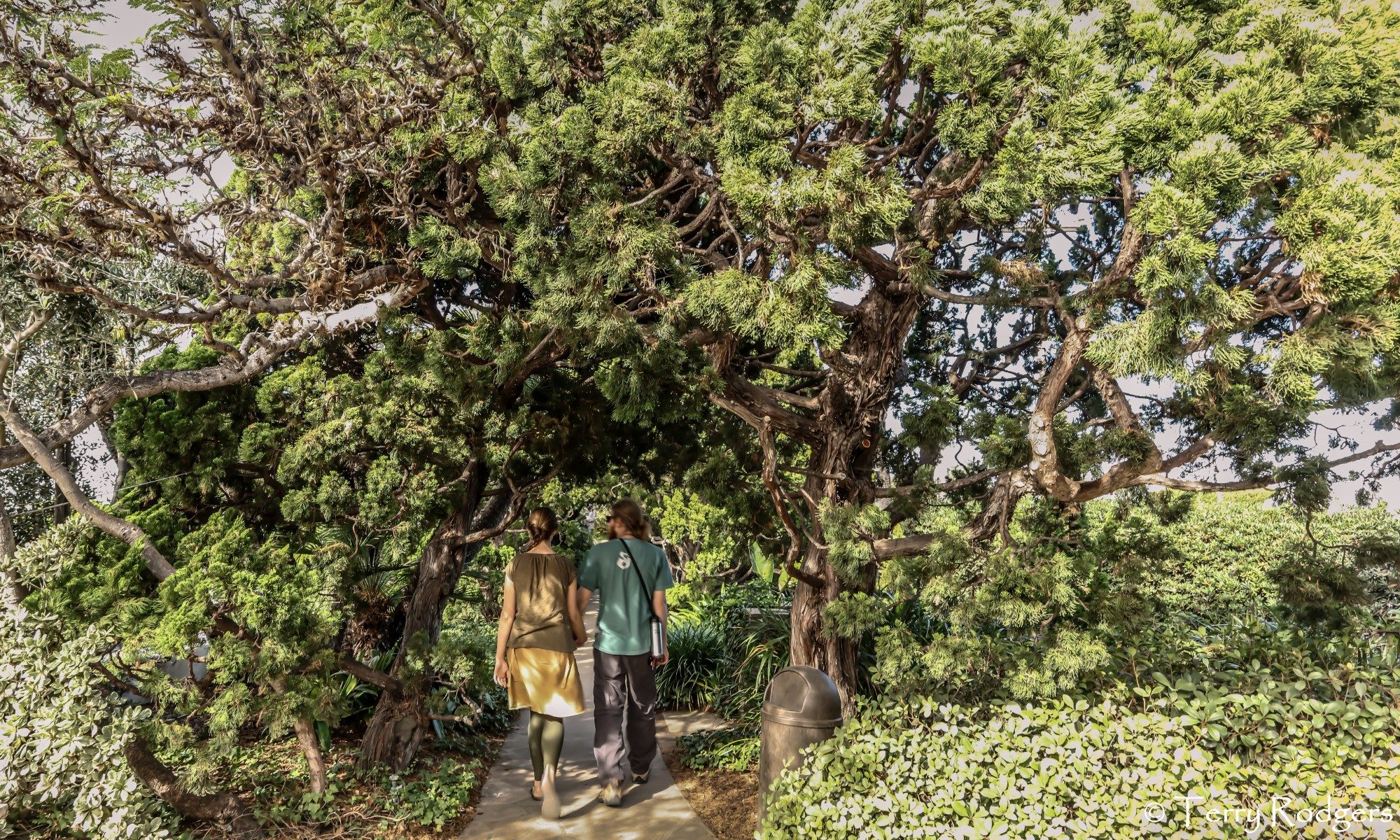Budget hearings were held on May 2 and 3 that included the urban forestry programs. The “ask” has now shifted, and we hope you will send messages about adding essential urban forestry professionals, and keeping the “free tree” program tree planting funds in FY 2019.
It was great to hear Councilmembers articulating the connections between trees, quality of life, and urban forest management! At the Wednesday May 2 hearing on Sustainability programs, virtually all Council members mentioned urban forestry funding AND the tree canopy goals in the Climate Action Plan.
On Thursday May 3, the Director of the Transportation & Stormwater Department commented that the shade tree trimming reduction was likely to be restored in the “May revised budget” (likely sent from Mayor to Council by May 15).
In last year’s “May revise,” the Mayor added $100,000 for additional tree planting, and in June, the approved budget raised this to $300,000. So revisits and revisions are possible, and additional professional staff could still be added if the Council and Mayor are persuaded that this is a priority. for community members and voters.
Quite a few letters and emails have been received on the urban forestry budget. HOORAY and thank you!
An article by Joshua Smith carried these messages on Sunday, May 6, http://www.sandiegouniontribune.com/news/environment/sd-me-forestry-plan-20180501-story.html , “Faulconer to trim forestry budget as climate-plan pledge to plant more trees fails to bloom.”
The proposed FY 2019 budget keeps the City at the low, ineffective, overwhelmed, overworked staffing levels. So we ask you to send another email or letter to the Mayor and Council.
Send messages today (or by Friday, May 11) to KevinFaulconer@sandiego.gov, myrtlecole@sandiego.gov, barbarabry@sandiego.gov, chrisward@sandiego.gov, markkersey@sandiego.gov, loriezapf@sandiego.gov, scottsherman@sandiego.gov, davidalvarez@sandiego.gov, georgettegomez@sandiego.gov, slomedico@sandiego.gov, KMcFadden@sandiego.gov, kreeser@sandiego.gov and cc: afege@sdrufc.com
Suggested messages about $300,000 for planting trees.
- The “free tree program” is a small but visible and measurable implementation step for the Climate Action Plan.
- The “Free tree” program was set up in FY 2018, with outreach, process to request trees, and contract planting of 2,000 trees. If discontinued, the momentum and future tree canopy investments will be lost.
- This funding needs to become part of the base budget, as a cost-effective way to work with property owners and community groups to request, water, and take care of trees.
Suggested reasons for adding 2 FTE in FY 2019 for $200,000 and committing to 4 more next year (or ask for 4 FTE this year).
- Urban forestry professionals provide quality oversight of tree contracts, inspect and protect trees, respond to tree complaints, and offer strategic leadership.
- Fifteen staff are needed to implement the Five-year Urban Forest Management Plan; as of May 7, there will be three professionals (and five tree care workers). See detailed staffing rationale in letter to Mayor and Council at January17 Letter .
Work that doesn’t get done by two professionals (soon to be three).
- There simply is insufficient capacity to respond to tree complaints, issues, and inspections.
- This will (and does) cause more tree losses and increases City exposure to liabilities and lawsuits.
- Assignment of work and oversight of contractors and City’s tree care workers is jeopardized by having only one (very qualified and competent) field arborist.
- The Invasive Shot Hole Borer is spreading locally, one of several tree pests that need to be evaluated and addressed by the City’s urban forestry professionals.
- Budget direction includes transfer of code compliance officer position (starting work on May 7), which shifts but does not add staff and abandons proactive code enforcement.
The residents, visitors, and the trees of the City of San Diego thank you, for believing in tree care and taking time to show your support!
For more information, contact Anne S. Fege, Ph.D., Chair, Community Forest Advisory Committee for City of San Diego, afege@sdrufc.com.











